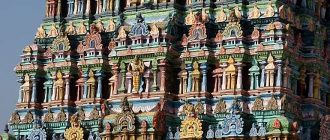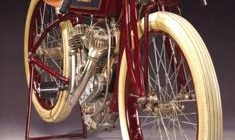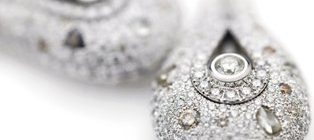Indian paintbrush is a genus of flower whose Latin name is Castilleja. The species most commonly referred to as the Indian Paintbrush is the Castilleja linariaefolia, also called Wyoming Indian paintbrush. It grows to about 1 meter tall and has small
Indian paintbrush is a flower found primarily in the western parts of North and South America. It is a genus that includes over 200 species, some of which are annuals and others of which are perennial. They are eaten by some species of moth, and are themselves semi-parasitic on roots of certain grasses.
The flowers are edible and have a sweet taste, but if they are eaten in too large quantities, they can cause selenium toxicity. They were used by Native Americans as a condiment, a hair treatment, and a treatment for rheumatism.
The most commonly known Indian paintbrush, castilleja linaraeifolia, was made the state flower of Wyoming in 1917, and the story of how it was chosen is a tale of hard fought politics on the University level and the state level. The Wyoming chapter of the Daughters of the American Revolution felt strongly in 1916 that Wyoming needed to declare a state flower because more than half the states in the union had already done so.
Wyoming schoolchildren were polled and they chose the fringed gentian, which had been Wyoming’s unofficial state flower in the first years of the 20th century. Concurring was a leading botanist, Dr. Aven Nelson of the University of Wyoming, partly because of its role as a sentimental favorite. He also disliked that there were so many species of Indian paintbrush and the fact that they were parasitic.
However, Nelson and the state’s pupils were no match for the might of the DAR, particularly when they had Dr. Grace Raymond Hebard on their side. Hebard drafted the bill for the state legislature and used her prominence as a political science professor and head of the Department of Political Economy at the University of Wyoming to push for the selection of the Indian paintbrush. Dr. Hebard was a force of nature, and she campaigned heavily for the Indian paintbrush. In addition to being a professor and department head, Hebard was also a civil engineer, author, historian, suffragette, and the state’s first female attorney.
Besides lobbying the legislature, Hebard commissioned an artist from New York to paint a picture of the Indian paintbrush to be presented to the legislature. She was quite confident that she would prevail, and she did. The Fourteenth State Legislature in Cheyenne approved the Indian paintbrush as the official state flower of Wyoming on January 31, 1917. Shortly thereafter, Hebard presented the legislature with the painting she had commissioned.
A member of the same flower family as the foxglove and snapdragon, Indian paintbrush is now used widely to beautify interstate highway medians in the western U.S.





